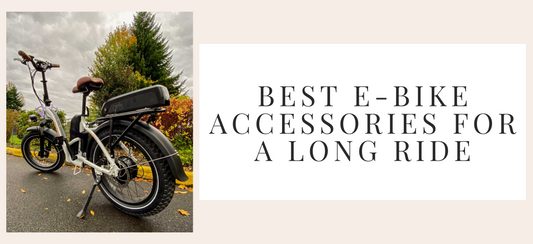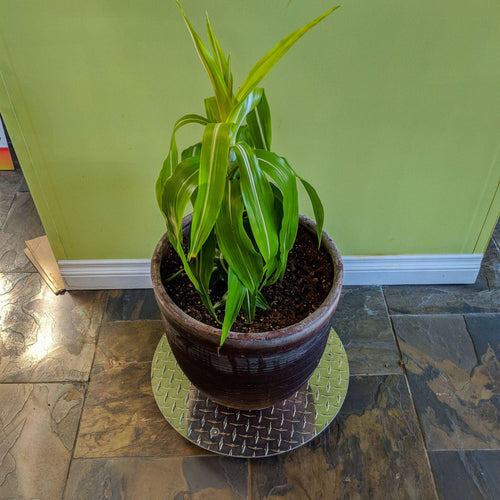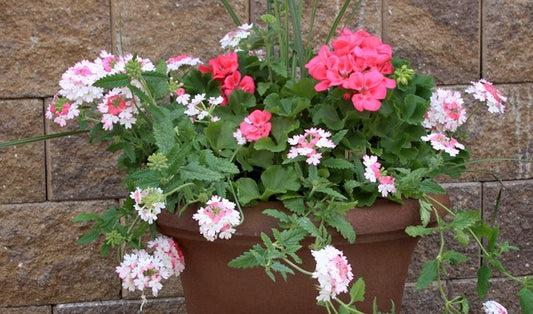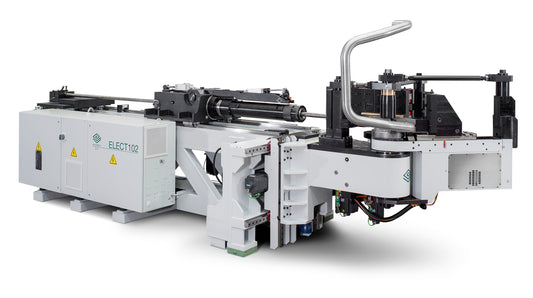Over the last ten or fifteen years there has been a steady increase in the number of people who have started container gardening. Growing plants in potted containers instead of planting them directly in the ground has allowed many more people to enjoy the benefits of gardening. Before it was thought you needed a large yard and lots of space to have a garden – whether edible or just ornamental plants –but with container gardening apartment dwellers, people living in rental properties, and those with limited yard space can enjoy the hobby as well. Container gardening is also a great way for new gardeners to try their hand at growing some plants before digging up a chunk of their landscape for planting.
While container gardening has its advantages, and offers a great deal of flexibility, there are some concerns you need to consider during the planning stages. Some things to heed are the start up costs, water management, microenvironments created within the pots, and challenges in moving heavy containers. Being aware of these issues up front will help to circumvent them before they become problematic.
Issue 1: Start up costs
One of the biggest drawbacks to container gardening is the start up costs involved with the venture. In traditional gardening you only need to purchase plants and select inputs (fertilizer, insecticides, etc.) – the soil is already in your yard. With container gardening though the initial investment is considerably more expensive. You need to purchase containers and the potting soil to put in them; then you still need to spend money on plants, fertilizer, etc. If you are planning to have numerous containers these costs will add up quickly.
There are some creative ways to save some money when first getting started. One easy way it to upcycle or reuse items you already have to use as planting containers. Old toy wagons, wash tubs, and barrels are great items to put plants in. To cut down on the amount of potting soil needed in containers you can fill space in the bottom with items such as packing peanuts, empty plastic bottles or empty soda cans. Take your item of choice (making sure bottles and cans are clean) putting it in the bottom one-quarter to one-third of the container, cover with landscape cloth, and then fill the rest of the way with potting soil. These items are all safe and won’t affect the growth of your plants. They solely act as inexpensive pot filler.
Issue 2: Water management
Strategies for water management are a little different than when container gardening compared to traditional planting methods. Plants grown in containers, versus the ground, will need to be watched more closely to keep them from wilting due to lack of water. Containers dry out more quickly than traditional garden beds because of a lower soil volume. Plants can also become water stressed more quickly because they cannot spread their root systems as far out as they can in the ground, limiting access to water.
Fortunately for container gardeners, there are numerous ways to help keep the moisture at adequate levels. There are many articles online detailing do-it-yourself “self waterers” for containers – string wicking systems, wine bottle contraptions, or buried water bottles that slowly release water into the soil – giving the gardener a little more leeway between watering. If that’s not your style, you can also purchase drip irrigation systems that will water plants automatically when hooked to a water source. This is great option if you are away from home often, or want to simply take a vacation without finding a plant sitter!
Issue 3: Microenvironments
A microenvironment is a small environment or habitat that is specialized or locally isolated from a larger, surrounding environment. When containers are used for gardening, microenvironments are created within the pot, and create concerns specific to container gardening. For instance one problem noted is the increased soil temperatures that occur within the pots. Care must be taken to keep the soil in containers from becoming too hot and damaging the root systems of the plants.
These increased soil temperatures are more common when dark colored, and/or metal containers are used since they absorb so much more energy from the sunlight. To avoid damaging plant roots stick to plastic or ceramic containers in lighter colors, or position containers so they receive full sun during the less intense times of day such as early morning and late in the afternoon.
Issue 4: Heavy containers
Once filled with potting soil and plants, potted containers can quickly become very heavy. This is even more so the case when you start watering them to keep your plants alive. This can become a problem if for some reason you need to move containers to another area whether it is to get better sunlight during the day or even just to clean your patio or porch space.
To save yourself from hurting your back or possibly damaging containers by dropping them or tipping them over, consider putting large, weighty pots on a heavy duty plant caddy to make moving easier. Look for a robust, plant dolly made from durable materials that will not rust. Plastic caddies are cheaper but cannot withstand the elements as well. When moving heavy plants, a plant caddy with a recessed bottom will lower the center of gravity, while easy gliding wheels make moving even the heaviest pots a breeze!
Container gardening is a great way to garden when space is limited, or you don’t want to rip up a section of your lawn to put in a traditional garden space. There are some challenged specific to container gardening such as increased start up costs, more intensive management of water and the micro-environment within the pot, and containers can be very heavy and cumbersome to move. These tips will help to overcome the aforementioned challenges, making your new project a success.





